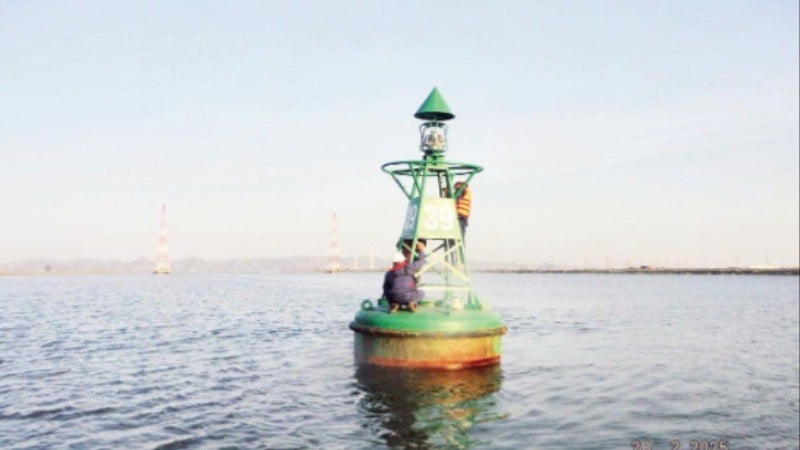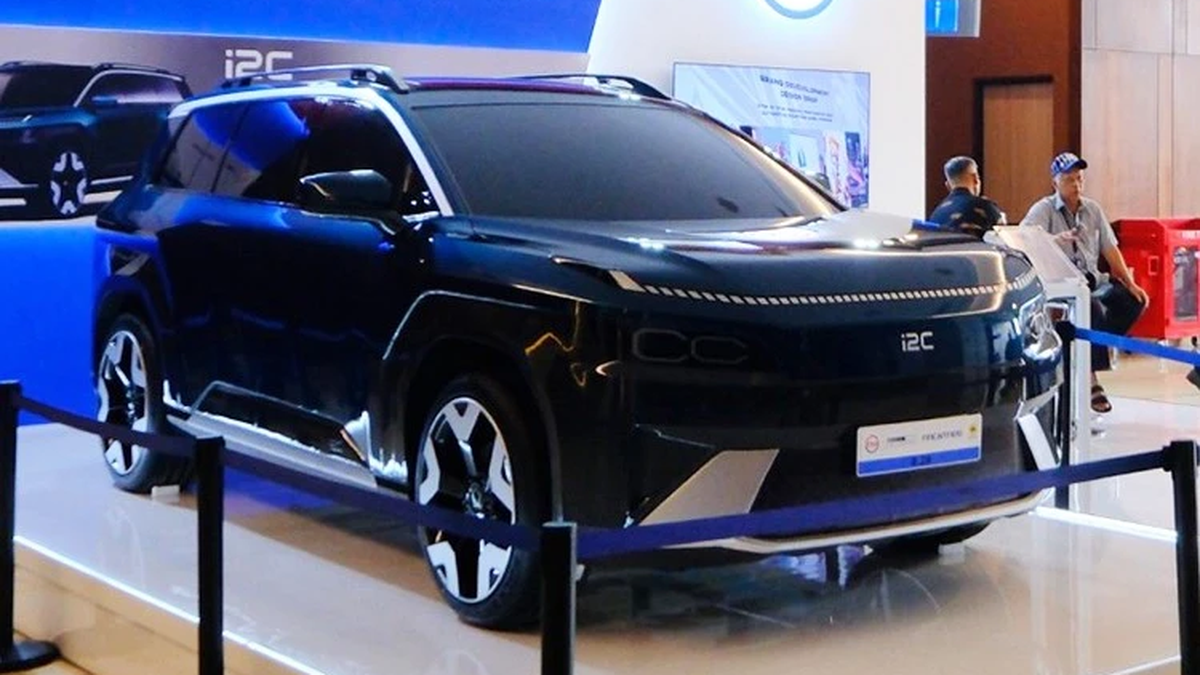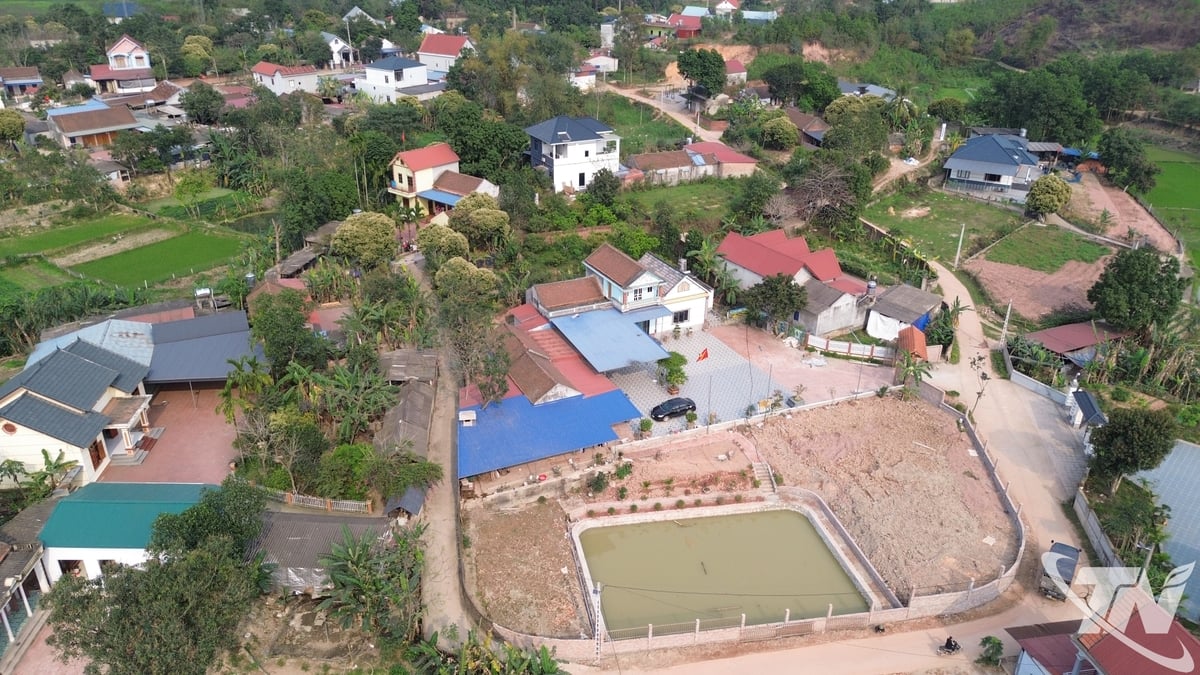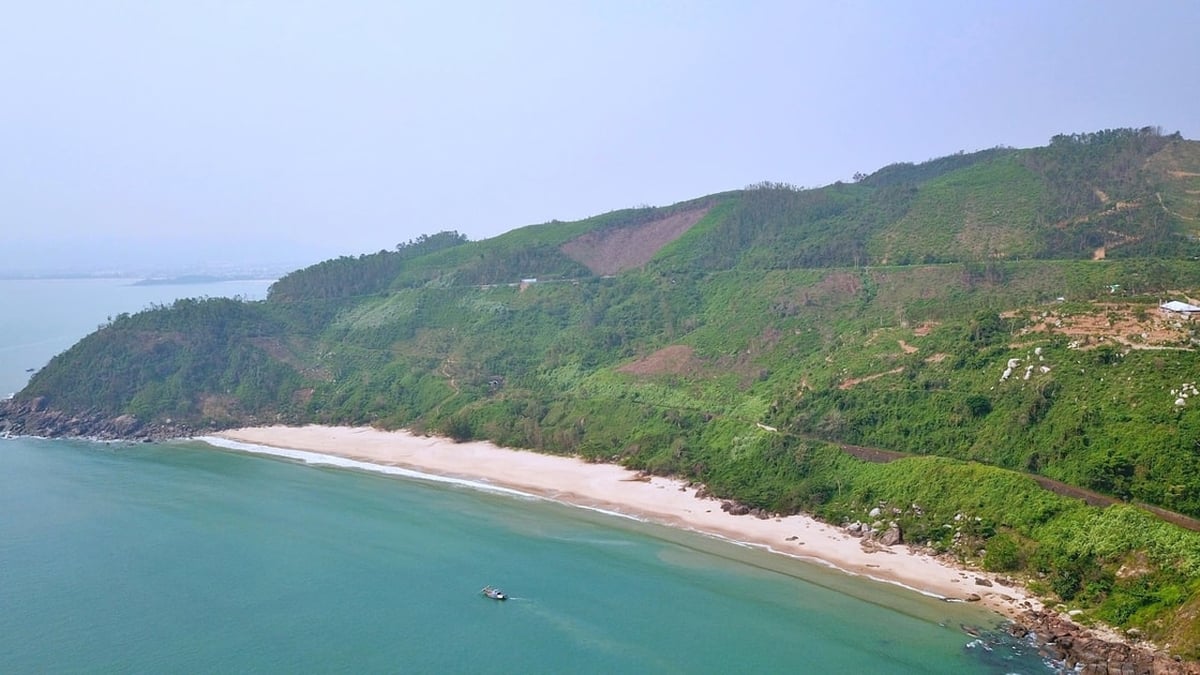
Maritime Safety Tools
AIS is a maritime safety communication system used to automatically exchange identification information, position, course, speed and other data between vessels, vessels and maritime signals (devices, structures such as buoys, lighthouses, signs, etc.). Thanks to that, vehicles can recognize and avoid collisions from a distance, especially in bad weather conditions or in poor visibility.
Mr. Nguyen Hai Nam, Deputy Head of Technical Department, Northeast Maritime Safety Assurance (a member unit of Vietnam Maritime Safety Assurance Corporation) said: “Compared to radar - a device that uses radio waves to detect surrounding objects, AIS provides more detailed information and displays it visually on the electronic navigational chart (ENC), helping users handle situations faster and more accurately.
The AIS system also helps ships quickly determine the location of distress, supporting timely rescue and relief efforts... Information from the system helps shore stations monitor ship traffic, detect strange ships, enhance maritime security and coordinate traffic effectively.
When integrated with maritime signaling devices, AIS helps ships recognize signals more clearly, even in bad weather conditions and limited visibility, and helps authorities strengthen the management of maritime signaling devices.
The Hai Phong and Hon Gai-Cai Lan maritime routes have been invested in installing AIS equipment on maritime signals. Thanks to that, the unit can monitor continuously 24/24 hours, promptly detect and handle incidents that occur. In particular, the AIS system allows for tracing and accurately identifying the vehicle causing the incident. In case the violating vessel or vehicle is identified, the vehicle owner will have to compensate for the damage, helping to reduce the cost of repair because the State does not have to pay.
Mr. Luu Quang Thang, Deputy Director of Maritime Safety Assurance in the Northeast
Mr. Luu Quang Thang, Deputy Director of the Northeast Maritime Safety Department, said: “The Hai Phong and Hon Gai-Cai Lan maritime routes have been invested in installing AIS equipment on maritime signals. Thanks to that, the unit can monitor continuously 24/7, promptly detect and handle incidents that occur. In particular, the AIS system allows for tracing and accurately identifying the vehicle causing the incident. In case the violating vessel or vehicle is identified, the vehicle owner will have to compensate for the damage, helping to reduce the cost of repair because the State does not have to pay.”
There are three types of AIS maritime signals. The “real” type is the AIS signal transmitter that is mounted directly on physical signals in the field such as lighthouses, buoys, etc. The “fake” type is the device placed on the shore station, transmitting AIS signals that coincide with the location and status of physical signals. The “virtual” type is the signal transmitted from the shore station simulating the signal at a certain location, even though there is no corresponding physical signal in the field, often used for temporary warnings or flexible navigation.
Application in mineral exploitation management
In many practical situations, the arrangement of physical maritime signals is very difficult, expensive, or even impossible, such as at the location of a shipwreck far from shore, deep-water submarine cables, or in areas with high traffic density. In that case, the "virtual" AIS signal warns on the map of boundaries and locations to help ships identify and avoid dangerous areas.
In addition to its application in ensuring maritime safety, the Automatic Identification System AIS effectively supports resource exploitation management, such as monitoring sand and gravel mining and dredging activities. Sand dredging areas on electronic maps are established, limited by “virtual” AIS signals, which have the function of warning vehicles going outside the approved sand mining area.
Previously, such acts were only detected when the authorities directly inspected, but now thanks to the ability to automatically track, transparent data and real-time connection, the AIS system will help monitor mining vehicles, detect violations with time, mining coordinates, and transportation routes clearly recorded. This technology has been effectively deployed in many localities such as An Giang , Dong Thap... In An Giang , the number of administrative violations related to sand mining has decreased by more than 60% compared to the period before the AIS system was applied to monitoring.
Regarding the management of dredging activities in seaport waters and inland waterway waters, on May 20, 2024, the Prime Minister issued Decree No. 57/2024/ND-CP. Article 5 of the Decree stipulates that construction vehicles and vehicles transporting and dumping dredged materials must be equipped with AIS equipment to automatically provide continuous data via AIS shore stations to the AIS data center, and at the same time install recording equipment to monitor the journey and dumping process. The equipment must be fixed, ensuring that it cannot be interfered with, and operate continuously and stably throughout the construction period.
Article 5, Decree No. 57/2024/ND-CP
The Prime Minister has issued Decree No. 57/2024/ND-CP. Article 5 of the Decree stipulates that construction vehicles and vehicles transporting and dumping dredged materials must be equipped with AIS equipment to automatically provide continuous data via AIS shore stations to the AIS data center, and at the same time install recording equipment to monitor the journey and dumping process. The equipment must be fixed, ensuring that it cannot be interfered with, and operate continuously and stably throughout the construction period.
In the context of gradually decreasing mineral resources and illegal mining activities still being sophisticated and complicated, the application of digital technologies such as the AIS automatic identification system is expected to make an important contribution to establishing order in mineral resource exploitation activities on rivers and coastal areas, ensuring effective management and sustainable development.
Source: https://nhandan.vn/giai-phap-an-toan-hang-hai-post896753.html


































































































Comment (0)